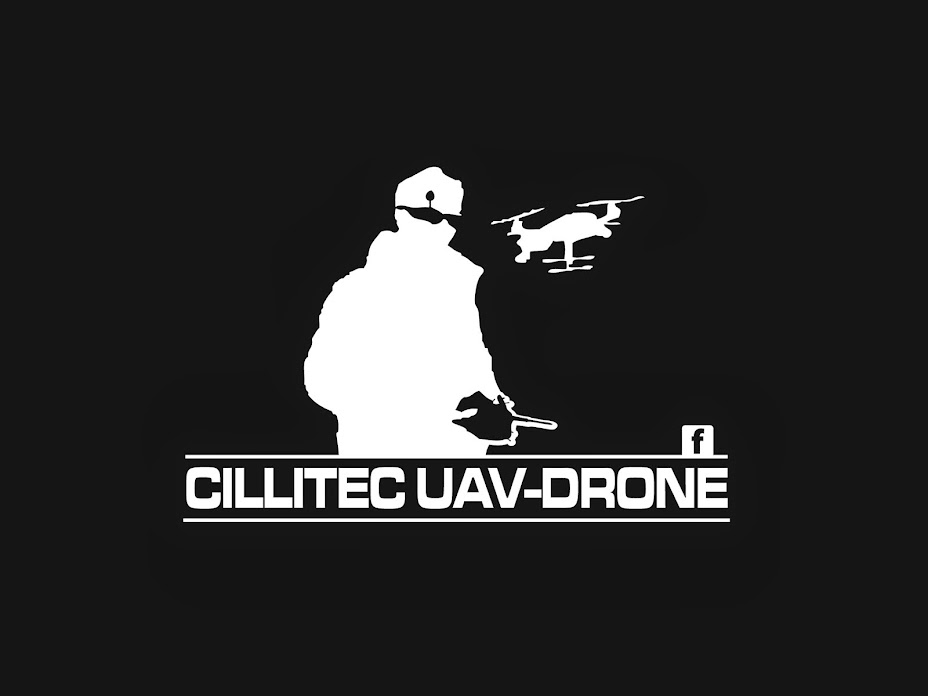Solid State, High Current Isolation Switch - New Product

Using state of the art devices and PCB design we've made a reasonably small and lightweight isolation switch capable of switching high current batteries directly. Advantages we think this offers:
- Isolation of all electronics on the ground for safety
- No connection pitting compared with using large switch based isolation solutions
- Minimization of EMC radiation as connectors are plugged in and out
- External electronics can be used to switch the power system on / off
- Auto Off in case of aircraft incident. A pull out cable can switch power off automatically
- Simple very low current toggle switch can be mounted more or less anywhere for easy power isolation
Isolation (switching) normally happens when very low current is drawn, however the switch still needs to pass the full current when ON. This switch will happily pass through the heavy currents required by many large multi-copters and electric aircraft. (70A continuous. Much higher for few seconds bursts).
Some testing at 140A:

We think this is a unique solution on the market today, please do tell us if this is not the case.
Please come to see more details on our site:
Bluelight Technologies
fonte:Solid State, High Current Isolation Switch - New Product - DIY Drones















 Folded up Skyteboard is easy to transport!
Folded up Skyteboard is easy to transport! Installing the Skyteboard's Full HD Camera
Installing the Skyteboard's Full HD Camera

 Hairong, Manuel, and Jose priming the Skyteboard for flight in Mountain View, Ca
Hairong, Manuel, and Jose priming the Skyteboard for flight in Mountain View, Ca


